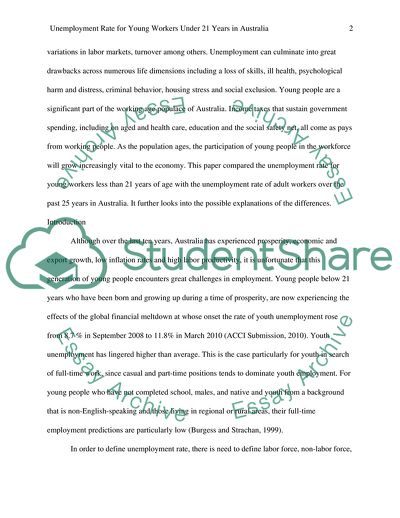Cite this document
(Unemployment Rate in Australia Coursework Example | Topics and Well Written Essays - 2750 words - 10, n.d.)
Unemployment Rate in Australia Coursework Example | Topics and Well Written Essays - 2750 words - 10. https://studentshare.org/statistics/1743079-economics
Unemployment Rate in Australia Coursework Example | Topics and Well Written Essays - 2750 words - 10. https://studentshare.org/statistics/1743079-economics
(Unemployment Rate in Australia Coursework Example | Topics and Well Written Essays - 2750 Words - 10)
Unemployment Rate in Australia Coursework Example | Topics and Well Written Essays - 2750 Words - 10. https://studentshare.org/statistics/1743079-economics.
Unemployment Rate in Australia Coursework Example | Topics and Well Written Essays - 2750 Words - 10. https://studentshare.org/statistics/1743079-economics.
“Unemployment Rate in Australia Coursework Example | Topics and Well Written Essays - 2750 Words - 10”. https://studentshare.org/statistics/1743079-economics.


